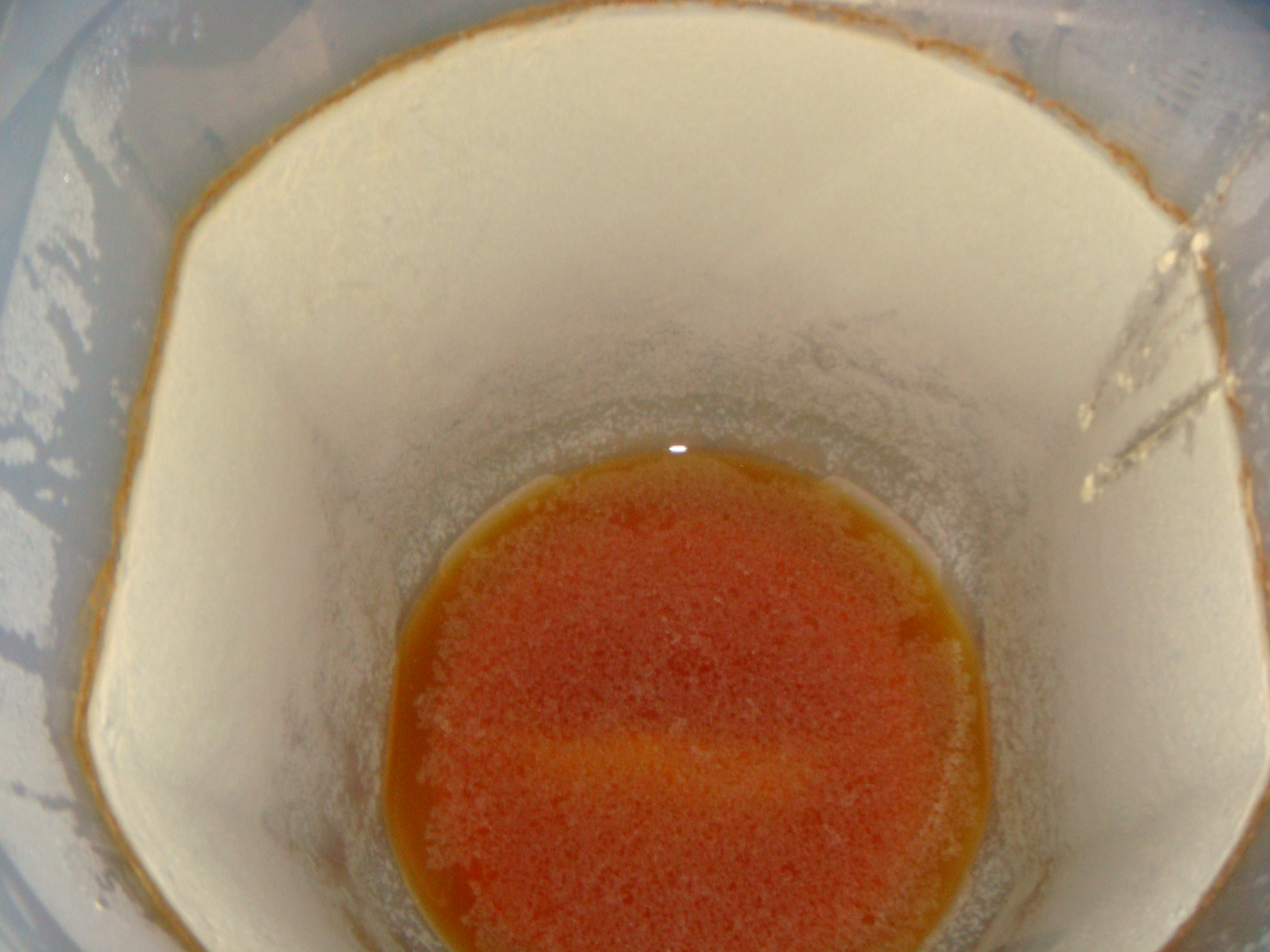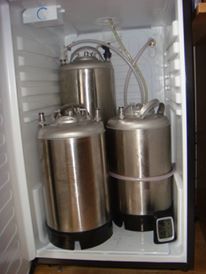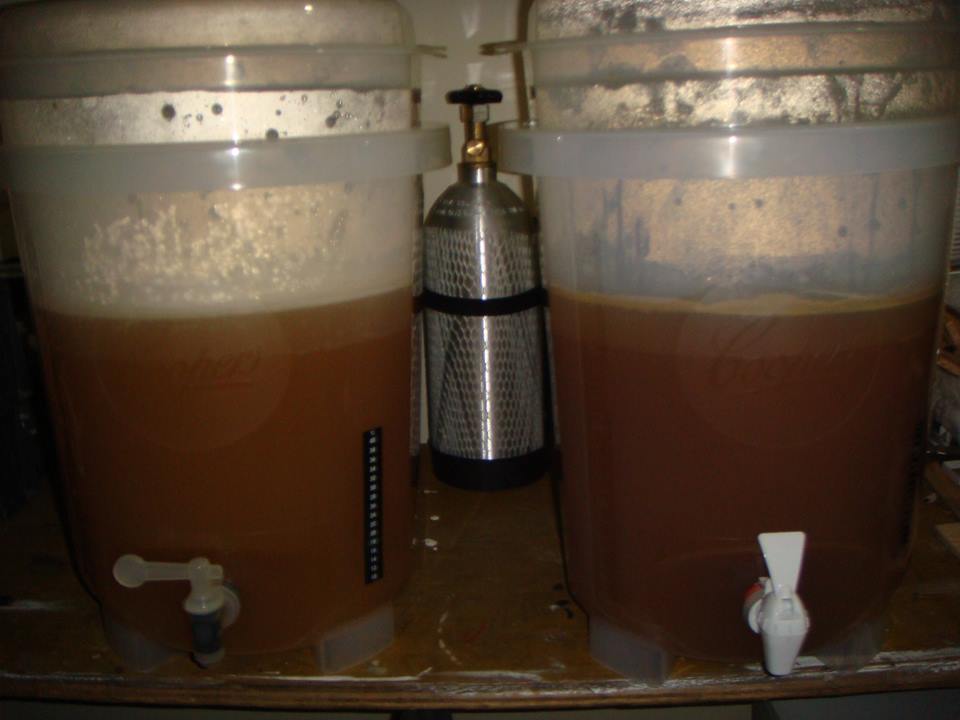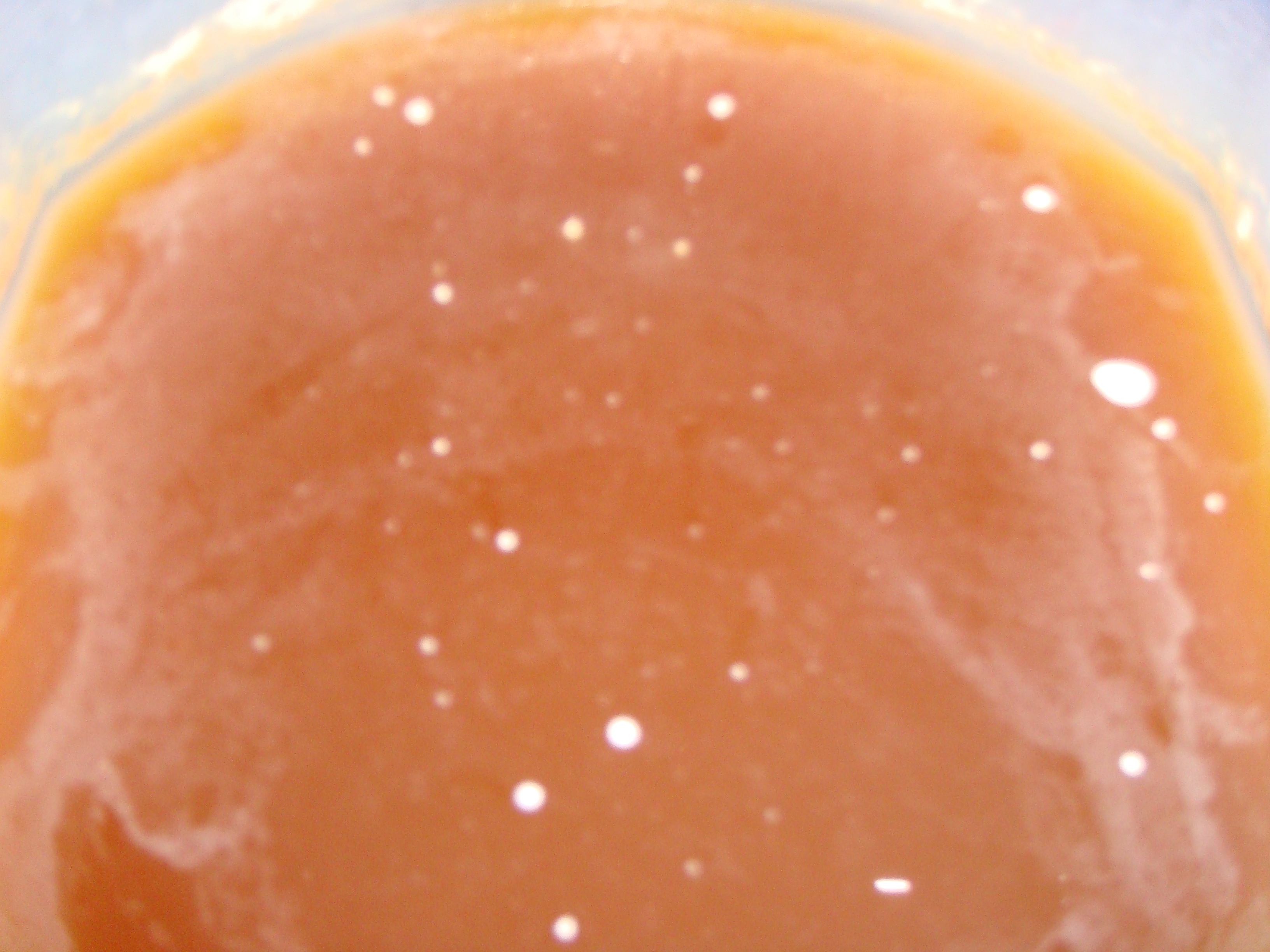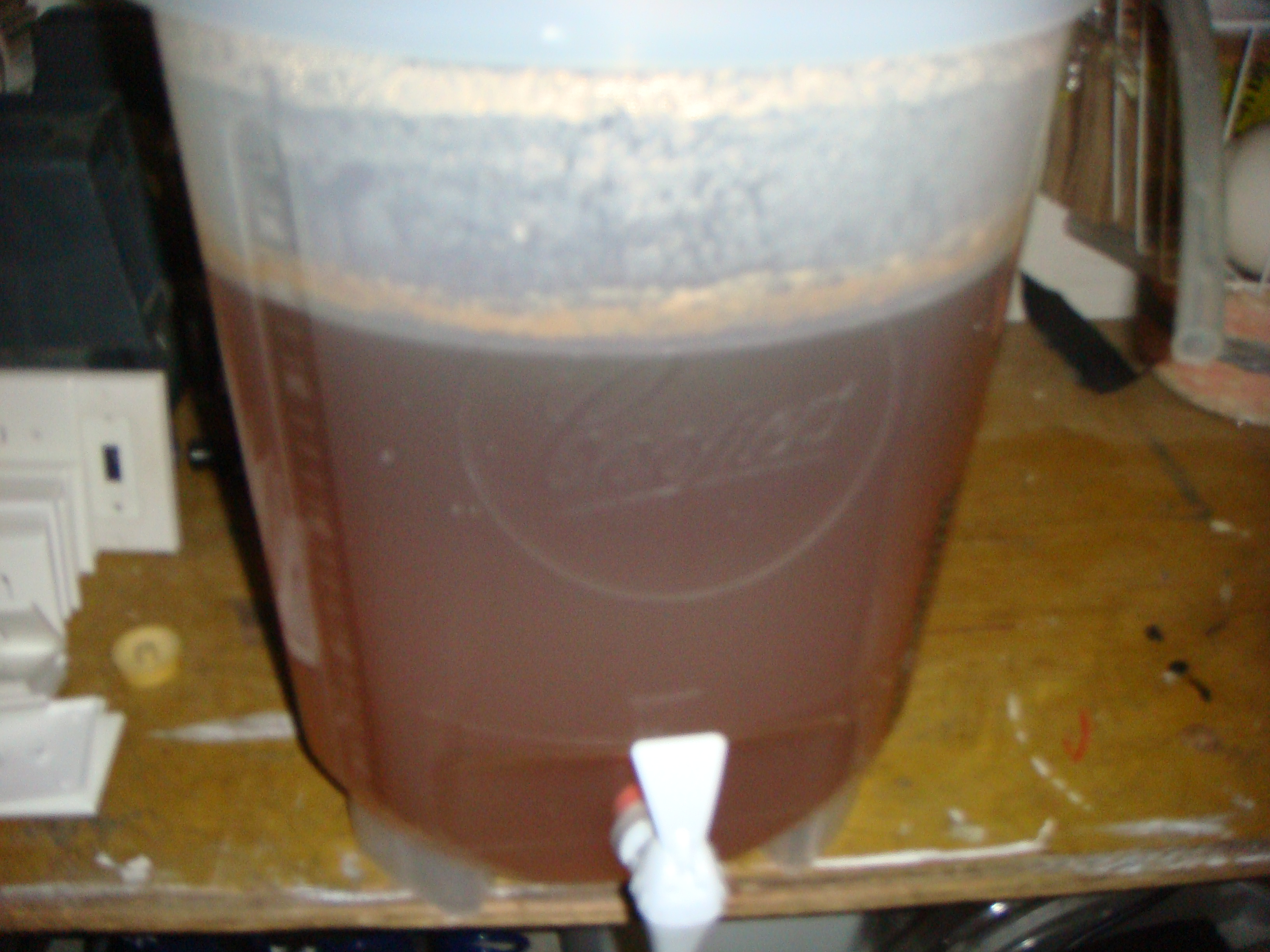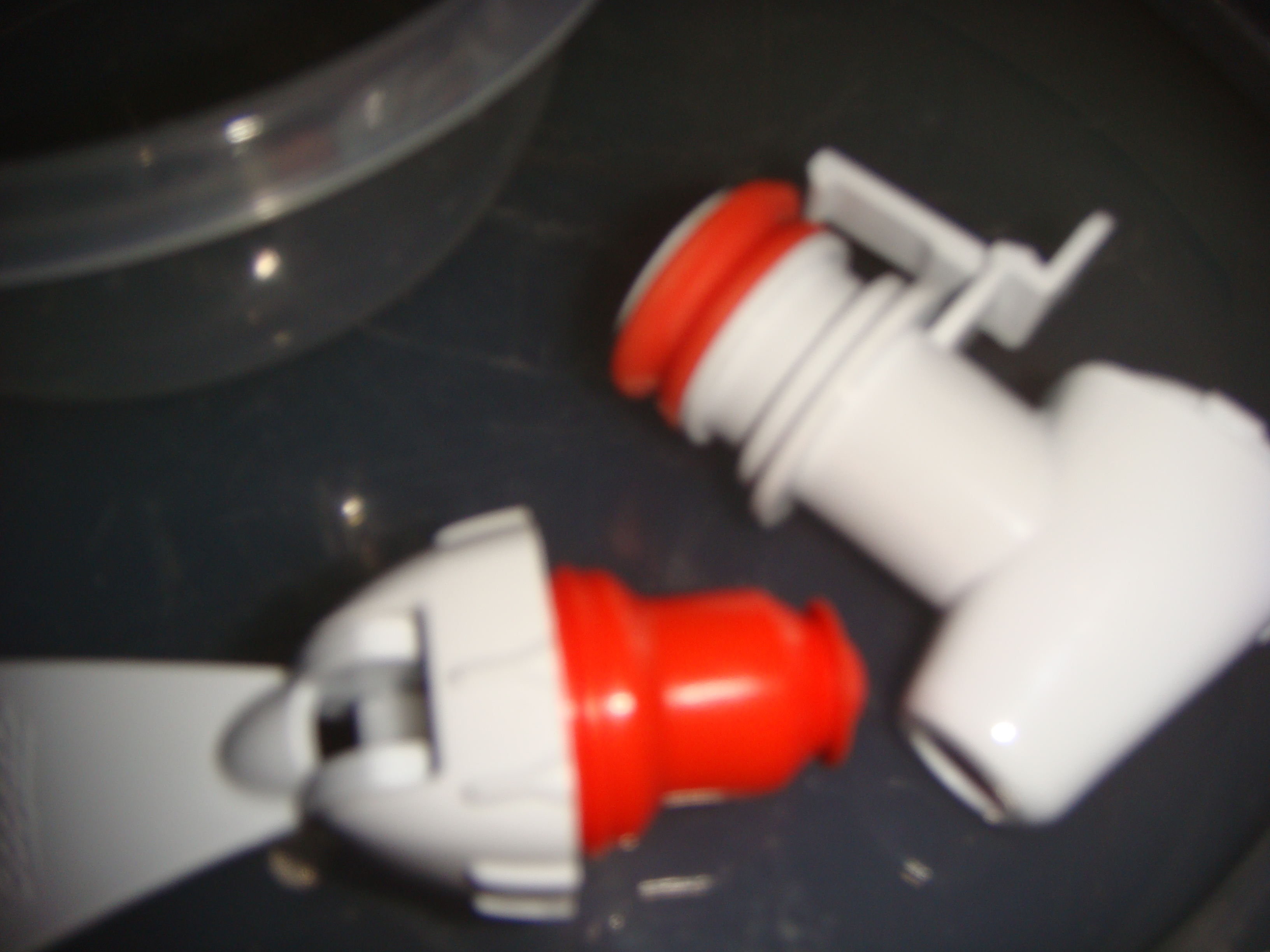I have made many batches and I do not recall ever having something like this floating on my primary 21 days after I started a batch. I tasted it and it seems ok, but it looks infected to me. Should I dump it or wait longer? Does anyone know what this might be and if yes, what caused it? It is simply not completed and still fermenting? By this time my batches are usually clear with nothing on top. In this case, the brew is dark and the top is covered. Gravity is 1.003 so it is done.
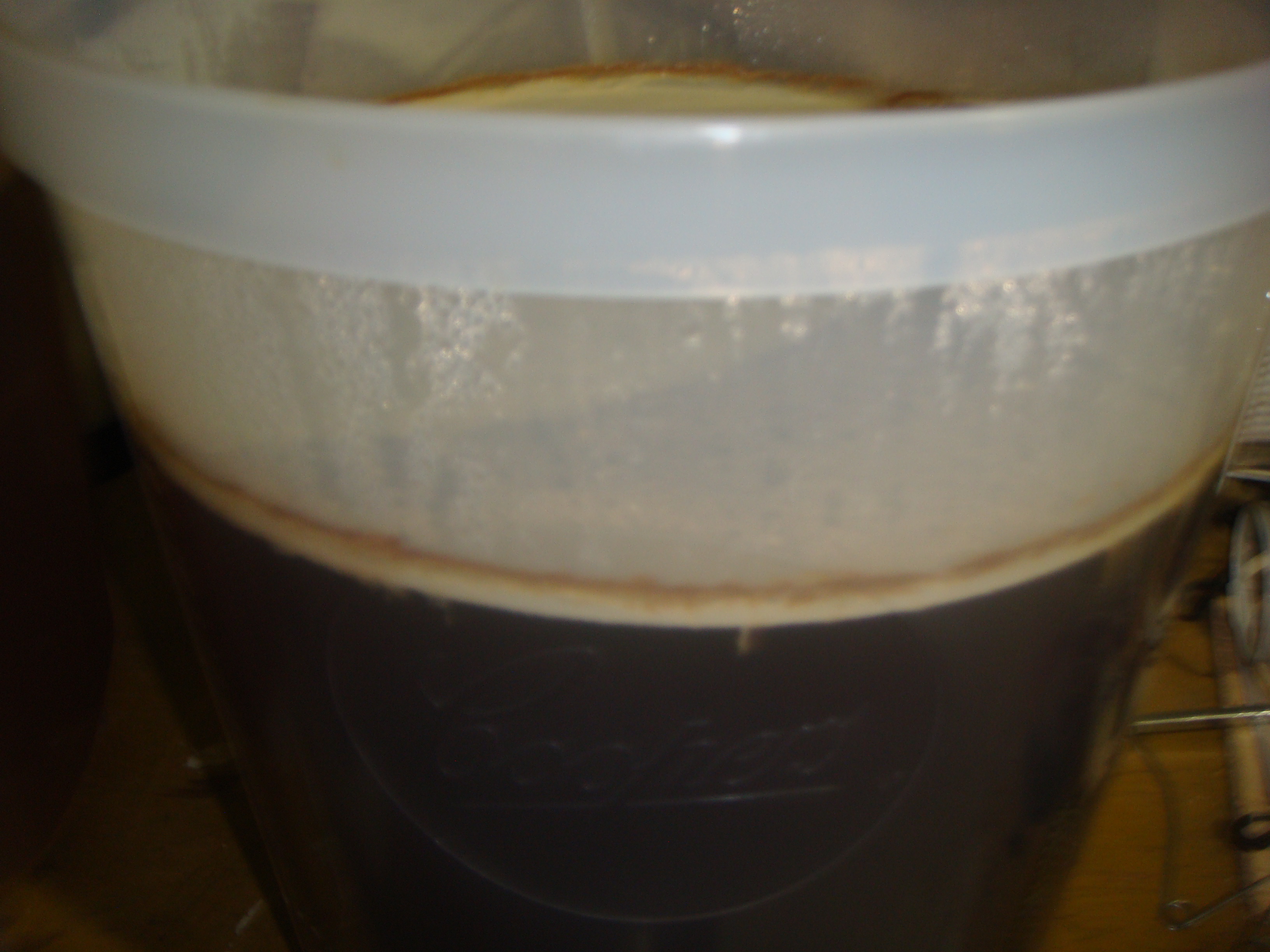
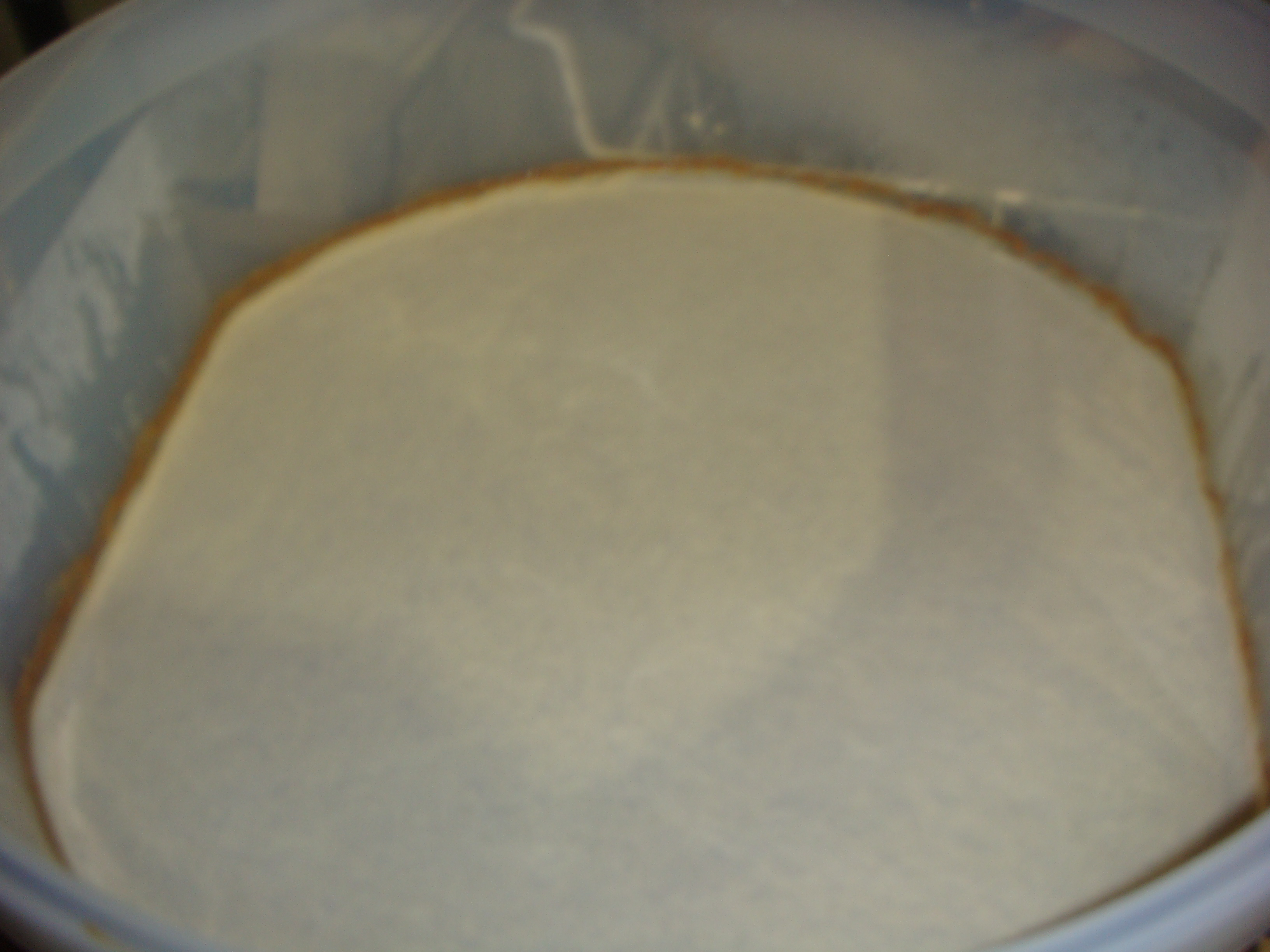


Last edited:


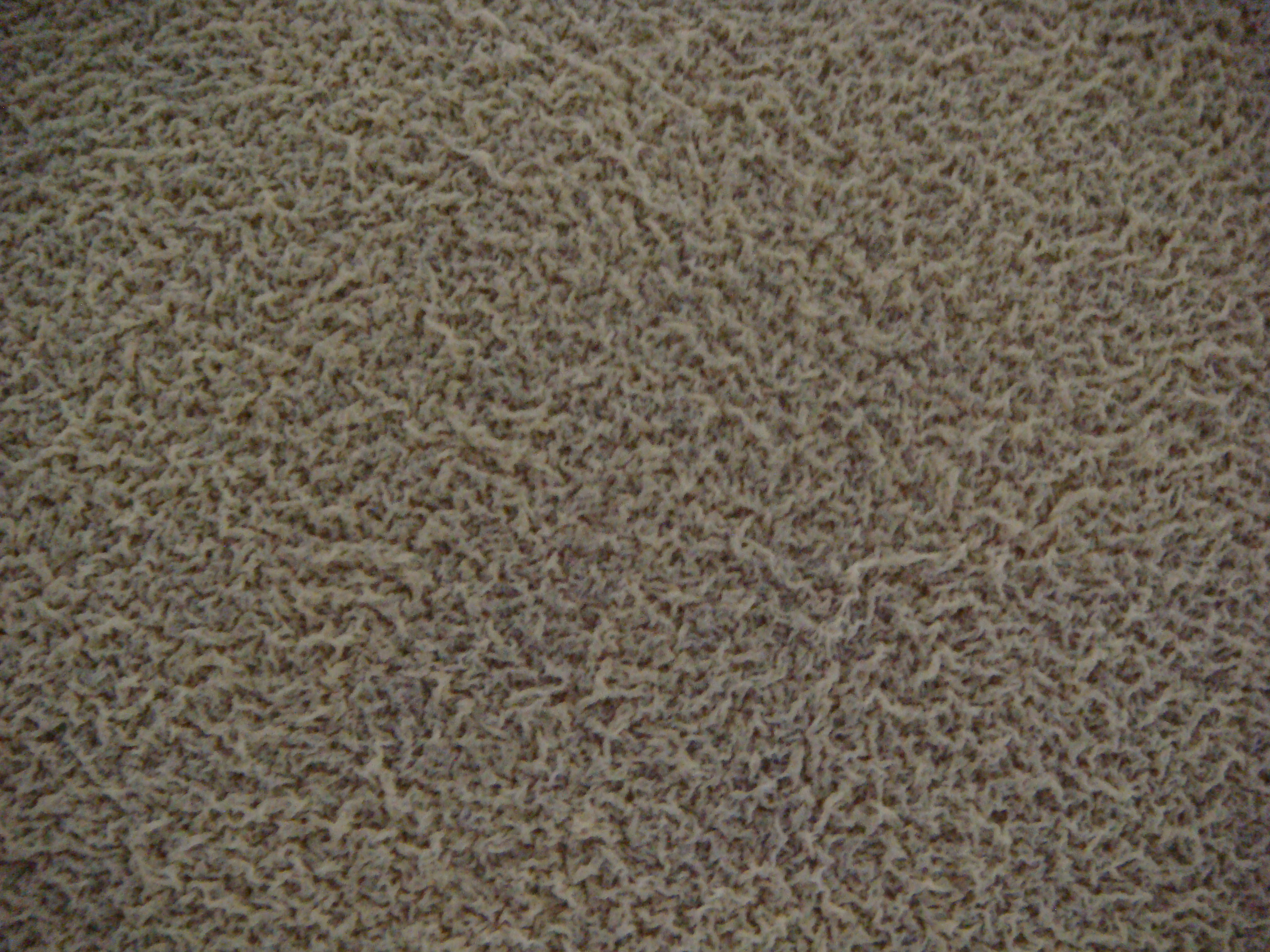
![Craft A Brew - Safale S-04 Dry Yeast - Fermentis - English Ale Dry Yeast - For English and American Ales and Hard Apple Ciders - Ingredients for Home Brewing - Beer Making Supplies - [1 Pack]](https://m.media-amazon.com/images/I/41fVGNh6JfL._SL500_.jpg)





















































